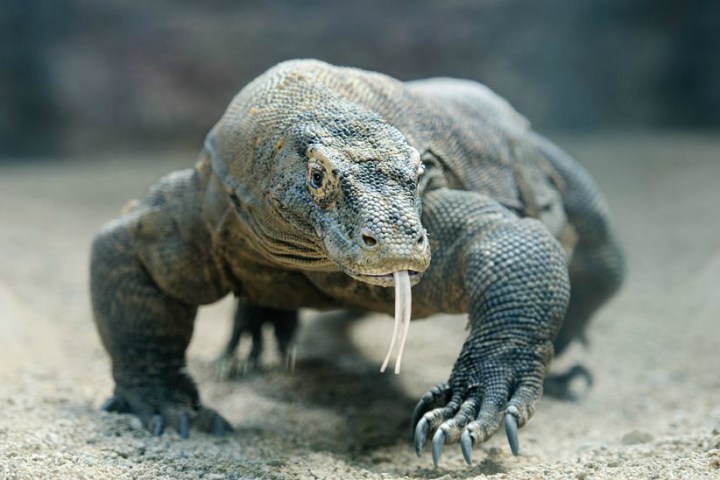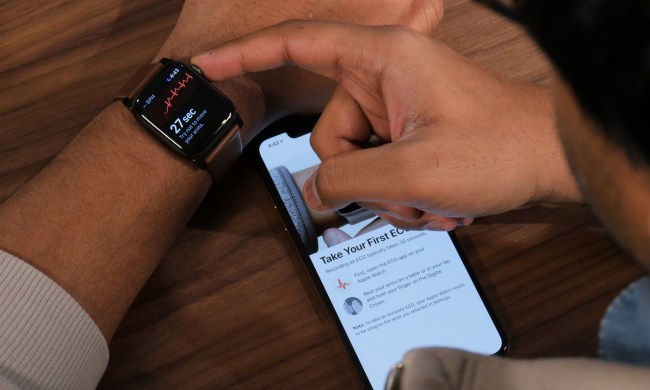
According to the study, which was published in the journal Biofilms and Microbiomes, scientists tested their Komodo dragon-based compound on mice that had skin lesions, and discovered that they healed much more rapidly than mice that were either left untreated or treated with existing methods. This discovery, scientists said, could mean the creation of a brand new kind of antibiotic.
Given that the Centers for Disease Control and Prevention (CDC) estimates that some 23,000 Americans die every year as a result of antibiotic-resistant infections, the Komodo dragon could save tens of thousands of lives.
Of course, this doesn’t mean that you should try to befriend a Komodo dragon in the wild. These impressive reptiles, the world’s biggest lizards, are capable of reaching 10 feet in length when fully grown, and are perhaps best known for their venomous bites. Their saliva contains a deadly bacteria that is fatal to prey, but completely ineffective against other Komodo dragons. And it is this resistance that scientists have capitalized upon, isolating the microbe-fighting components of the dragon’s plasma, and creating the aptly named DRGN-1.
“DRGN-1 exhibited promising antimicrobial and anti-biofilm properties,” the published paper reads. “Moreover, the DRGN-1 peptide significantly promoted wound healing in vitro and in vivo, in both uninfected and mixed biofilm infected wounds.”
So look out, friends. You could soon be applying creams and taking antibiotics made with Komodo dragon blood.


